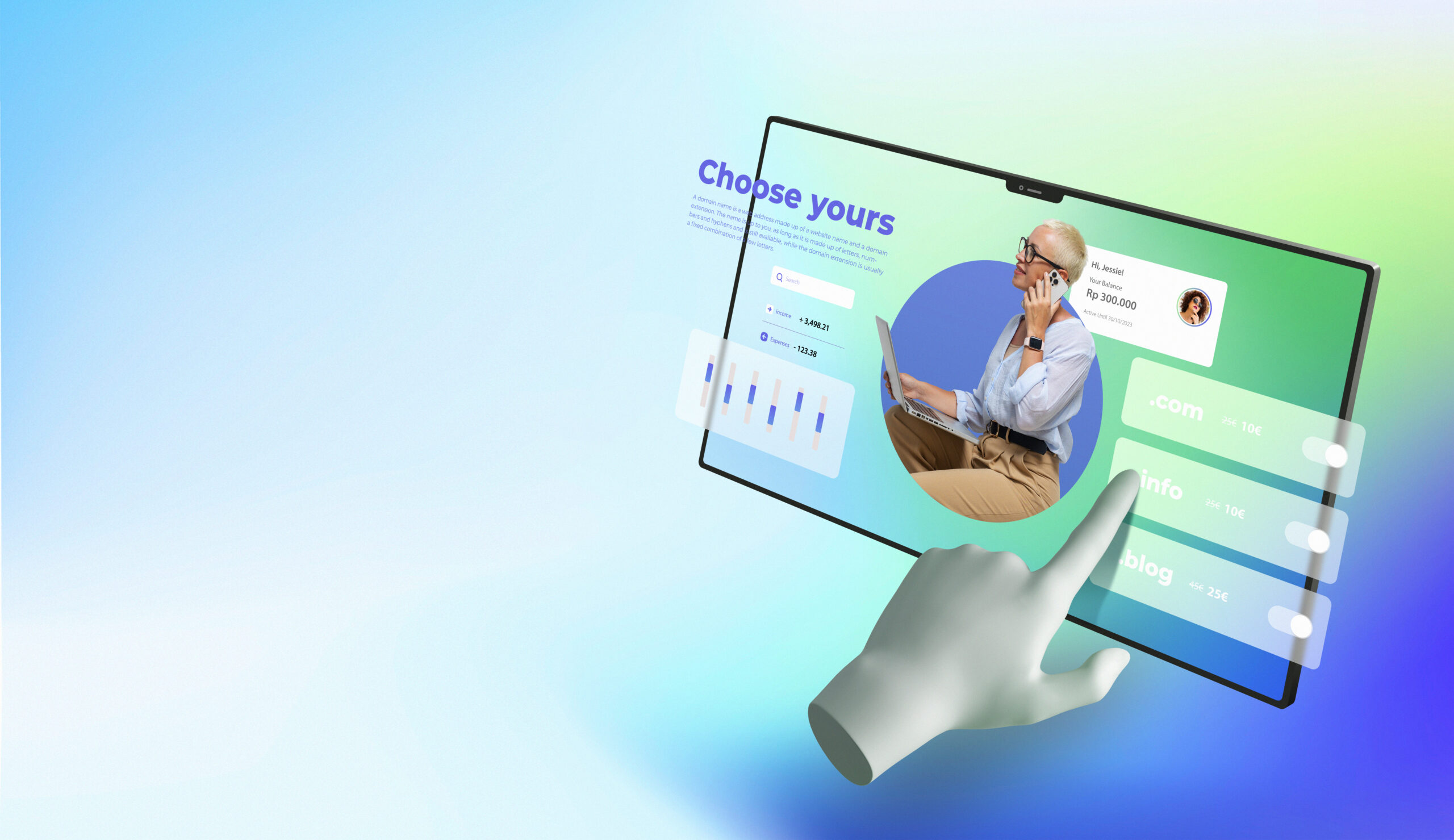Brain-computer interfaces (BCIs) are revolutionizing our interaction with technology. Positioned at the core of neurotechnology, they open doors to unprecedented opportunities for humans and machines to work together. This blog post delves into the dynamic world of BCIs, revealing their impact on our lives and the thrilling future they are paving. Discover how BCIs are not just changing, but significantly enhancing the way we interact with technology. Stay tuned to uncover the remarkable potential of this groundbreaking field in neurotechnology.
In Webtec we have a lot of services for you, let’s start!
What are BCIs?
Brain-Computer Interfaces, or BCIs, represent a cutting-edge area of neurotechnology, where the human brain directly communicates with external devices. These interfaces translate neural activity into commands, enabling control of computers or prosthetics without any physical movement.
BCIs function by detecting and interpreting brain signals. Typically, electrodes placed on the scalp (or implanted in more advanced systems) capture electrical signals generated by brain activity. Sophisticated algorithms then analyze these signals, translating them into commands that can operate software or hardware. This technology opens a myriad of possibilities, from typing texts through thought alone to controlling robotic limbs with brain impulses.
Recent Breakthroughs
In recent years, neurotechnology has seen incredible progress, especially in Brain-Computer Interface (BCI) technology. Thanks to advancements in machine learning and neural decoding, we can now interpret brain signals with greater accuracy. This improvement boosts the responsiveness and usefulness of BCIs. Also, the development of wireless systems marks a significant step forward. These systems offer enhanced mobility and simpler usage, making BCIs more accessible and convenient for everyday applications. With these advancements, BCIs are becoming more integrated into various aspects of life, from medical treatments to everyday technology, opening up new possibilities in the realm of neurotechnology.
Continue exploring our ideas by reading our most recent blog post: Accessible Chatbots for Enhanced User Experience.
The Future of BCI Technology
Looking ahead, BCIs are poised for even more groundbreaking developments. Researchers are exploring the integration of artificial intelligence to create more intuitive interfaces. This could lead to BCIs capable of adapting to individual users’ neural patterns, offering personalized experiences. Additionally, advancements in nanotechnology and materials science are expected to make itless invasive and more comfortable for long-term use.
Medical Applications of BCIs
Transforming Medical Treatments
BCIs are not just futuristic gadgets; they’re powerful tools in medical science. For individuals with paralysis or motor neuron diseases, BCIs offer a new lease on life. They can control prosthetic limbs or computer cursors, restoring some degree of independence. BCIs also show promise in rehabilitating stroke victims by helping retrain their brains to bypass damaged areas.
Real-World Examples and Future Potential
One of the most notable examples is the use of BCIs in assisting people with spinal cord injuries to regain control over their limbs. Future applications could include aiding individuals with severe speech impairments to communicate more effectively. Researchers are also exploring the use of BCIs in treating neurological conditions like epilepsy, and depression, and even restoring sensory functions such as sight and hearing.
Ethical Implications
As BCIs advance, they bring forth complex ethical questions. Issues like data privacy, security, and consent are paramount, especially when considering devices that interface with the human brain. Who owns and can access the data generated by a person’s neural activity? How do we prevent misuse or unauthorized access?
Addressing Ethical Concerns
The neurotechnology field is responding by establishing ethical guidelines and standards. This includes ensuring informed consent, respecting privacy, and prioritizing user safety. Future regulatory frameworks will likely evolve alongside BCI technology, aiming to safeguard individual rights while fostering innovation.
Conclusion
Brain-computer interfaces stand at the forefront of neurotechnology, blurring the lines between human cognition and machine intelligence. As they evolve, BCIs promise to profoundly impact our lives, from healthcare to daily interactions with technology. The ethical landscape they traverse is complex, but with careful consideration and responsible development, BCIs can lead to a future where technology and the human brain coexist in harmony. For those intrigued by the possibilities, the exploration of BCIs and their potential is an exciting and worthwhile endeavor.


